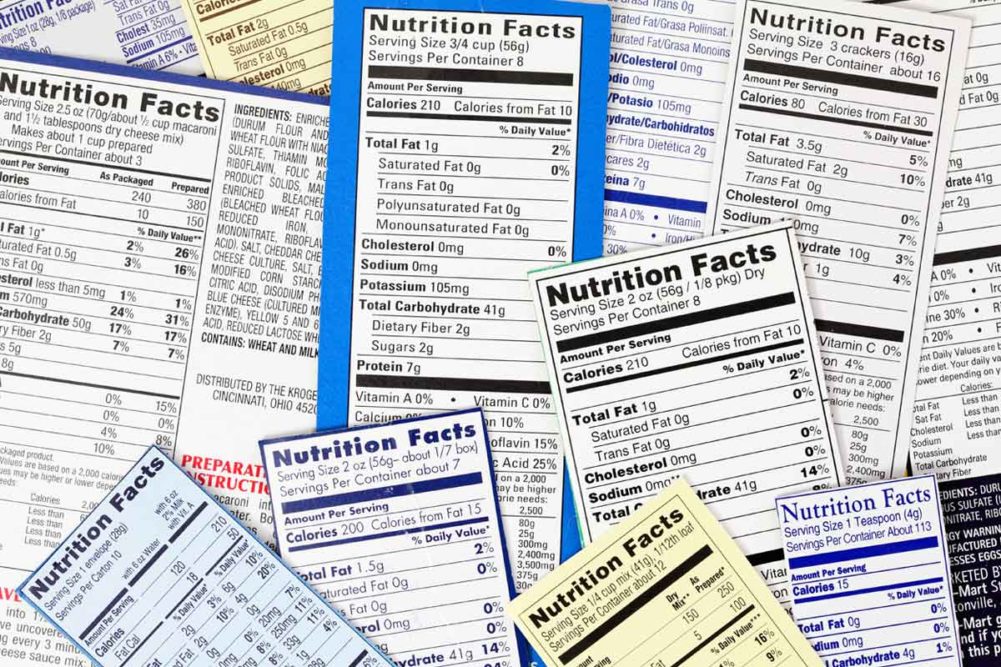CHICAGO – Old labels, new labels, one label, two labels — whatever the format consumers remain interested in the content of the foods they eat, and Nutrition Facts Labels remain the primary source of this information, with nearly 90 percent of consumers saying they read the labels, according to The NPD Group.
Sugars and calories are the top two items consumers look for on the labels, NPD Group reported in its “Health Aspirations and Behavioral Tracking Service,” with 57 percent of consumers looking for sugars and 45 percent saying they look to the labels for information on calories. Both items were updated with the new labeling rules that came into force on Jan. 1 for companies with annual sales of at least $10 million. Calories are now in larger and bolder type, and the label “Added Sugars” is now require.
“Consumers are interested in the content of the foods they eat, and the nutrition facts label is their best source for this information,” said Darren Seifer, NPD food and beverage industry analyst. “With most food companies working on the health profile of the foods they produce; the nutrition facts label provides them with the ability to showcase these improvements.”
Sodium and protein followed sugars and calories as the top ingredients consumers look for on Nutrition Facts Labels. Thirty-eight percent of consumers look for information on sodium content, while 33 percent say they look for the amount of protein in the food, according to NPD research.
Additional changes to the label include declaring the actual amount, in addition to percent Daily Value, of vitamin D, calcium, iron and potassium. Calcium and iron will continue to be required on the label, while vitamins A and C can be included on a voluntary basis. NPD found that 9 percent of consumers say they read the label for potassium content.
And to help consumers understand calories and nutrients per serving vs. per package/per unit, the US Food and Drug Administration (FDA) now requires a dual column for certain products that are larger than a single serving but that could be consumed in one sitting or multiple sittings.
“With dual-column labels available, people will be able to easily understand how many calories and nutrients they are getting if they eat or drink the entire package/unit at one time,” FDA explained.

